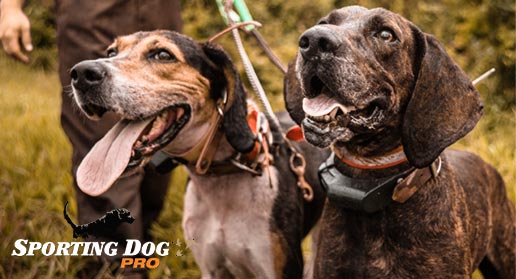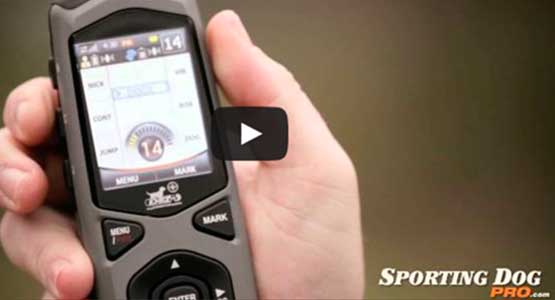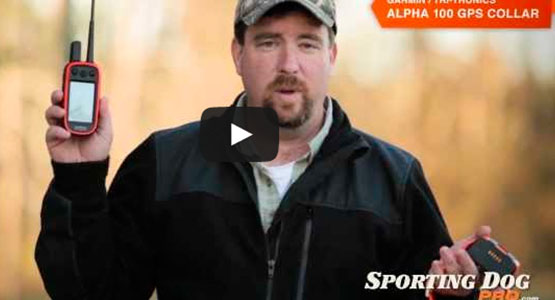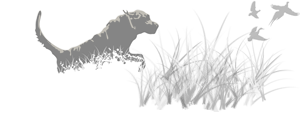You have no items in your shopping cart.
AKC: A Bit About The Hound Dog Group

The melodic sound of a baying hound can bring chills down the spine of a hunter in pursuit of prey. Baying, the sound a hound makes when he is in hot pursuit of prey, is quite unique and difficult to describe to one that has never had the pleasure of hearing it. The Hound group is a distinct group of hunting dogs that even though they are used for “sport” they are more independent and not usually in constant need of the hunter while doing their job. Not to say that they don’t need training and attention but, they tend to instinctively run for the prize without need of reward or even encouragement.
Originally, dogs were bred strictly for their usefulness to man such as, hunting and often capturing prey. Therefore, out of necessity the Hound group was one of the first types of dogs to be bred for specific work. Among the earliest known documentation of dogs were the Greyhound and the Afghan hound who are both known for their keen sight and extreme agility and speed. Because of the large variety of breeds included, the Hound group often gets broken down into subcategories and generalizations are harder to point out than those of most other groups.
AKC divides and classifies Hounds into sub-groups.
However, the Hound group, as officially recognized by the AKC, is divided into two separate sub groups, sight hounds and scent hounds. Sight hounds hunt without the typical baying or barking, and use their sight to locate their prey. Sight hounds usually have lanky legs and small frames that typically appear to glide through the air. Sight hounds also have the stamina to outlast even the toughest opponent utilizing their amazing lung capacity and their drive to outwit their prey. Sight hounds, for obvious reasons are better used in an open field. Scent hounds however, usually have drooping ears and a nose that can sniff out even the most elusive of game. Scent hounds are built a little more heavily than sight hounds and are not usually quite as swift but, can possess almost the same amount of stamina if properly nourished, often disappearing for days to chase down his prey. One feature that can help you determine whether a hound falls into the sight or scent category would be his nose. A scent hound will have a square muzzle that helps to make room for wide nasal passages, whereas the sight hound would possess a more prominent eye area. Scent hounds are usually best utilized in packs, where they “keep in touch” with each other by their distinct baying and yelping. Scent hounds work great in woodland areas and are easy to track because they are rarely quiet.
Hound dogs function best in packs.
Both, Scent and Sight hounds are social animals and very tolerant of other dogs. Training a hound can be quite the challenge if you plan on training him alone. Most hound owners agree that the majority of hounds learn best from other hounds.
See our full selection of Hound Dog Training and Tracking Collars specifically designed for the hound dog breeds.











